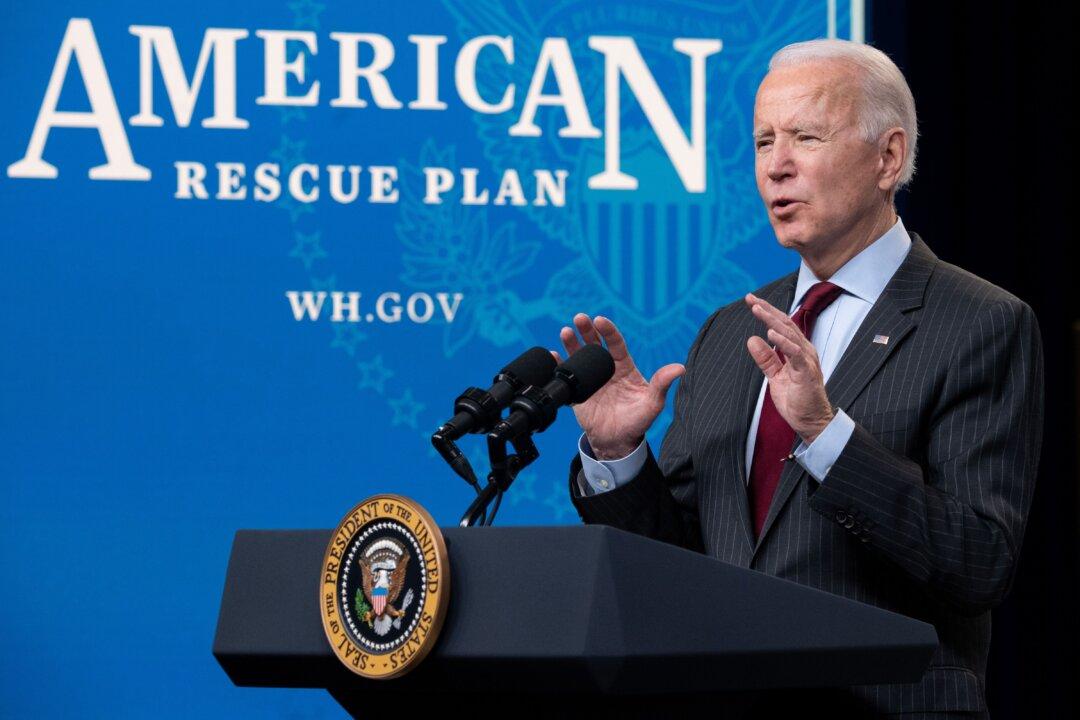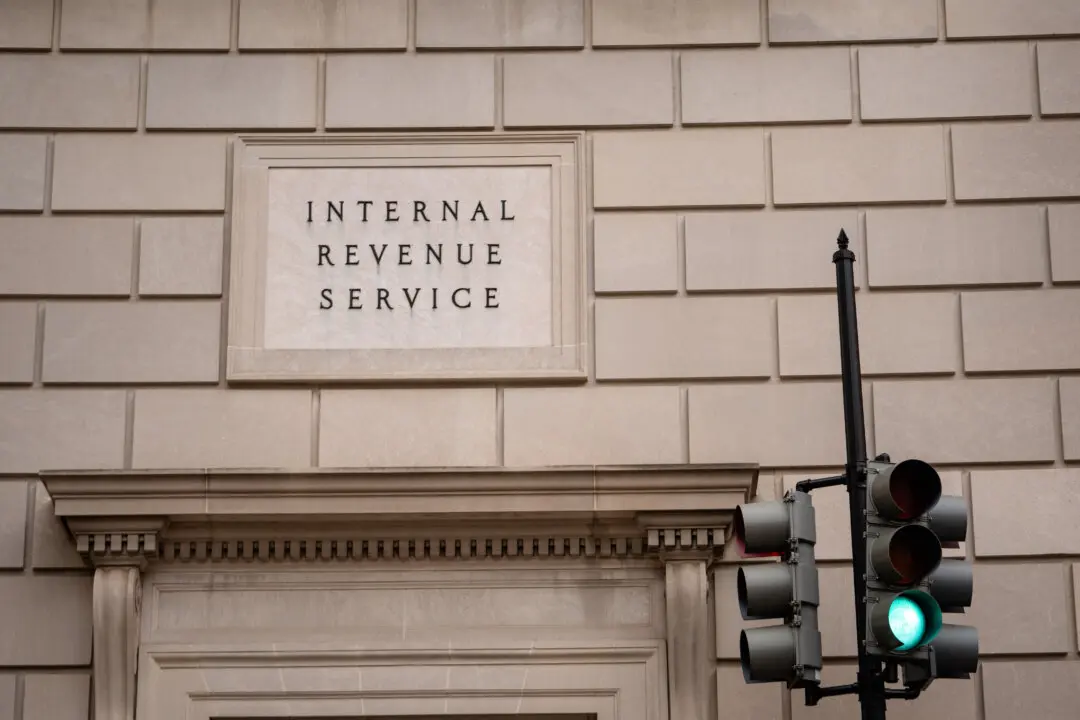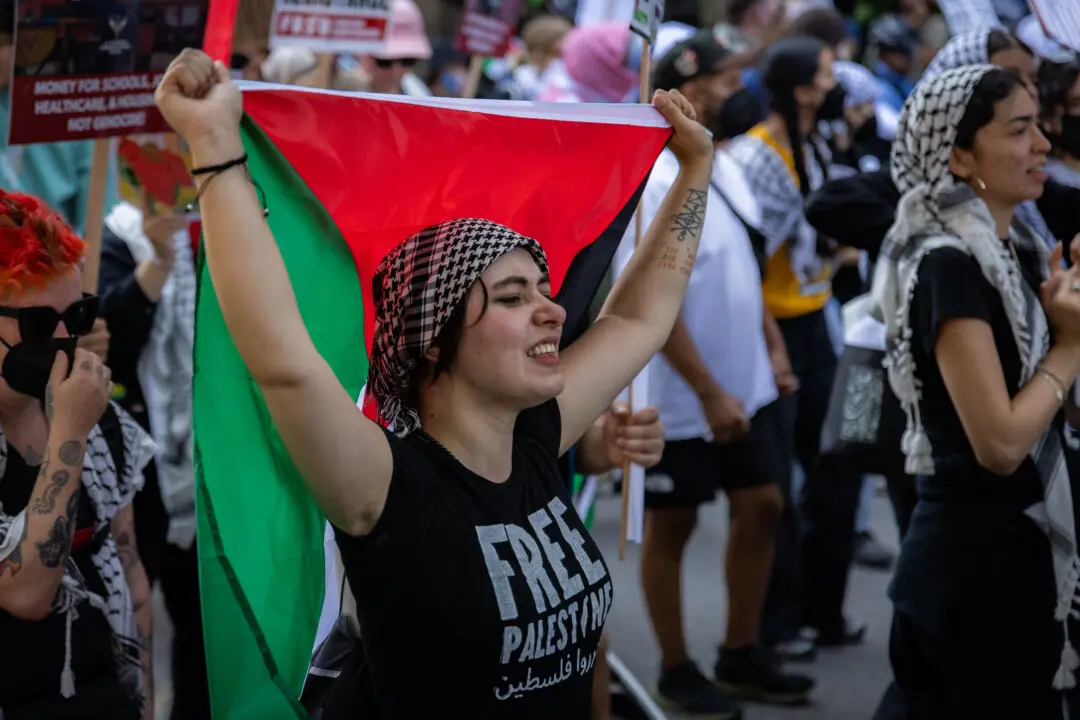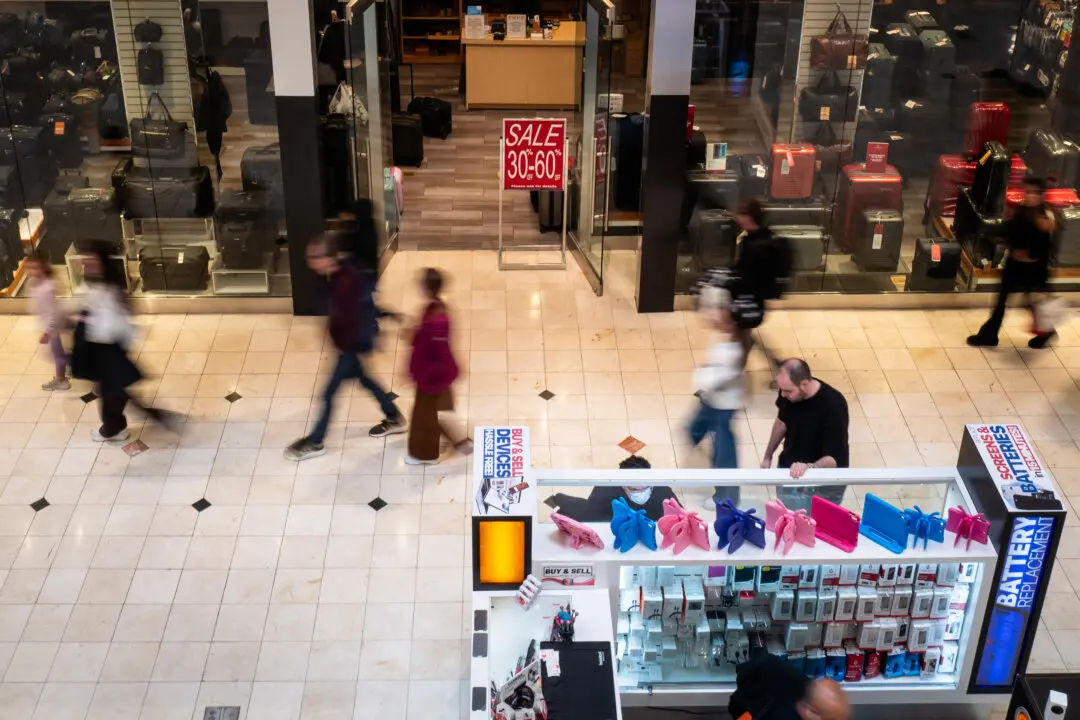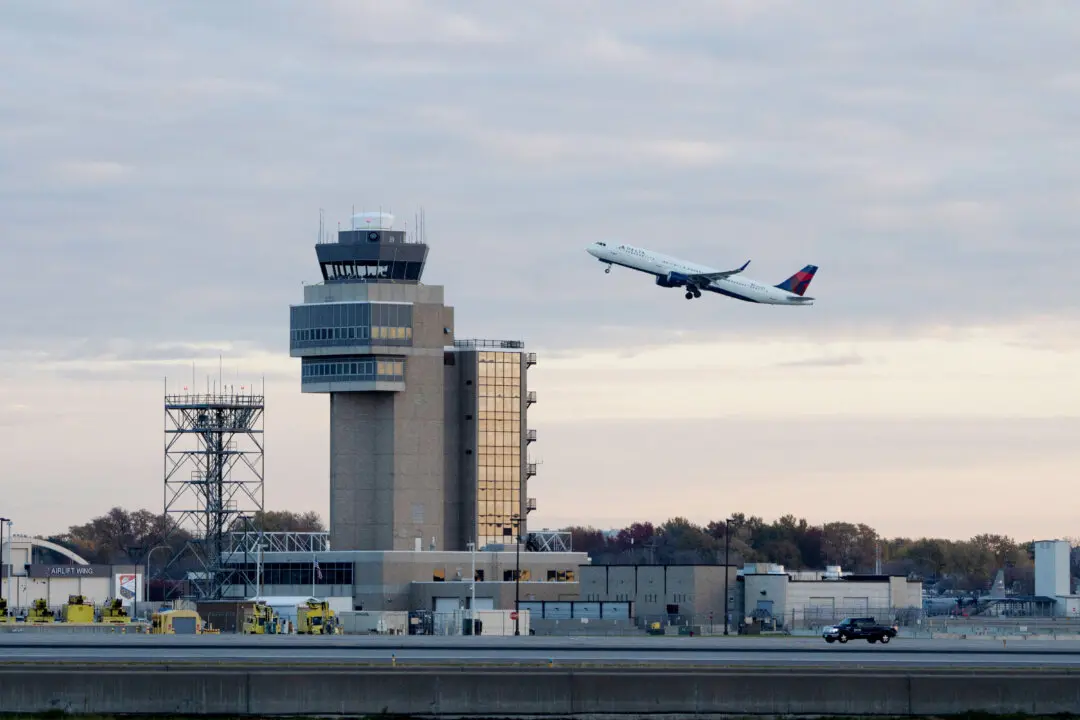Illinois police have arrested 15 people after an investigation found they allegedly applied for and received multiple Paycheck Protection Program (PPP) loans, which they then used to bail themselves out of jail.
In total, 25 people were discovered to have been part of the alleged fraud, according to Fox 32 Chicago. At the time of the crime, they were facing felony charges and incarcerated. In order to qualify for a PPP loan, an individual cannot be charged with a felony. Some of the inmates bonded out of jail after receiving the PPP loan.
